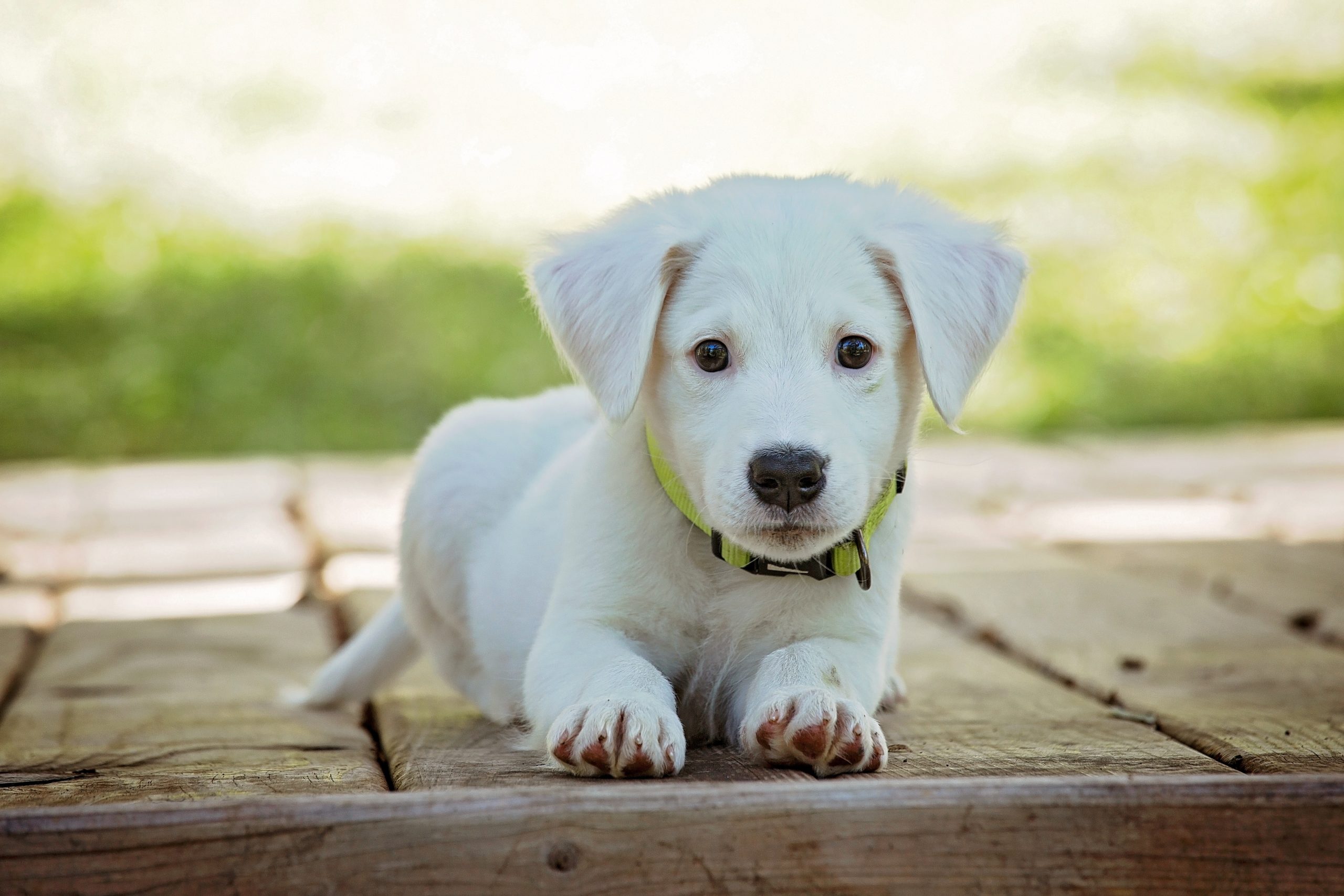
A wearable technology for dogs can track and monitor vital signs using fur and clothing. The device was developed by Firat Güder, from the department of bioengineering at Imperial College London in the United Kingdom.
Together with his team of researchers, Güder developed a track device made of a composite material that. This involves a stretchable silicone membrane that captures hydrogels or water.
The mediums allow the circulation of acoustic waves, and this likens the device to a stethoscope. Since the wearable technology for dogs is stretchy, it could be wrapped around the shape of the fur, clothing layer, or body part.
The sound waves can transfer information to a mobile device. This can help humans monitor their pet’s physiology in real time. Researchers note that the current selection of wearable tools for pets require direct contact with the skin.
“The sensor works like a watery stethoscope, filling any gaps between it and its subject so that no air bubbles get in and dampen the sound,” said Yasin Cotur, the study’s first author.
The ability of the new technology to track heart and breathing rates was tested. The device functions through four layers of clothing in humans and is also effective through fur.
Based on the study “Stretchable Composite Acoustic Transducer for Wearable Monitoring of Vital Signs,” the new tool can set up a more accurate baseline for normal breathing and heart rate.
“Overall, the wearable water–silicone composite transducers performed well with healthy human and animal subjects and allowed recordings of [heart sounds] continuously without the need for shaving or using conductive gels,” according to Güder and colleagues.
“Wearables are expected to play a major role in monitoring health and detecting diseases early,” he said.
The researchers also point out the use of their device in gathering data from sniffer dogs. Sniffer dogs help the police to detect bombs and find missing individuals. “The next step,” said Cotur, “is to validate our system further with animals, primarily focusing on sniffer dogs and then horses and livestock later on.”






